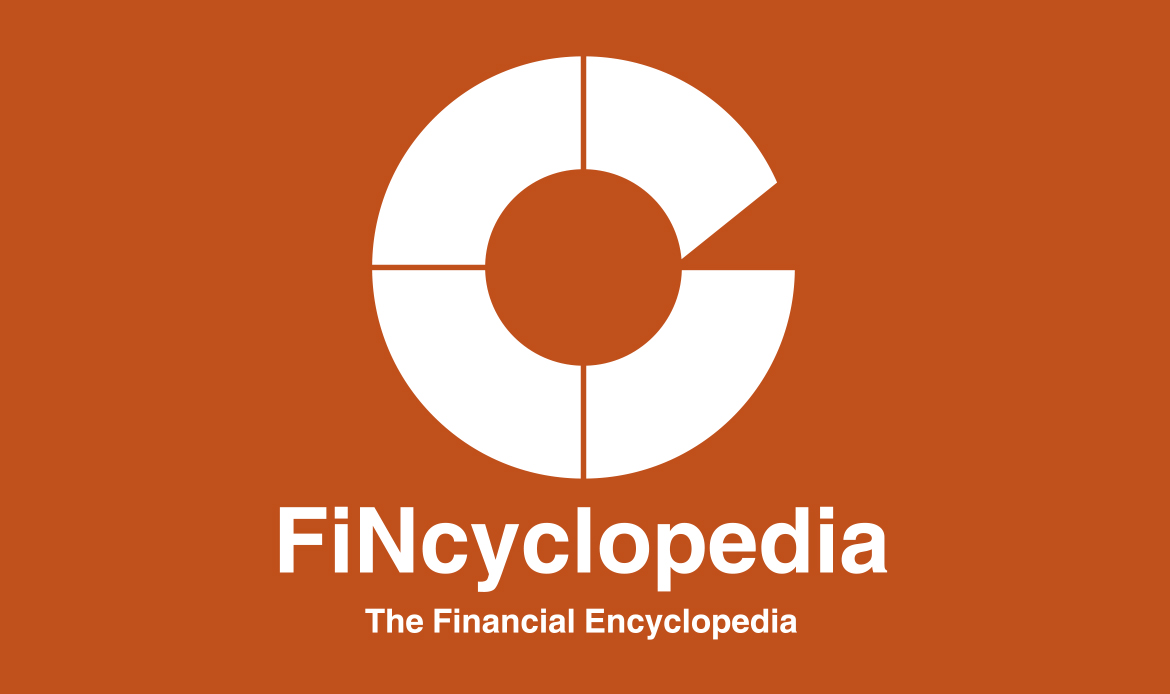A short form for mezzanine capital; a distinct sub-asset class (actually, a type of private equity) that is used to fill the funding gap between senior debt and equity in a borrower’s capital structure. Typically, a mezzanine borrower is required to issue warrants, options, or conversion rights to the mezzanine lender (mezzanine capital provider). This type of capital represents a claim on a company’s assets which ranks just before the common shares in terms of priority. The name “mezzanine” is derived from the fact that this source of capital lies between senior debt and common stock in a company, just as the mezzanine floor is located between the ground floor and the first floor. The mezzanine capital is most common in the capital structure of companies that rely on advanced stages of venture capital. Also, it is often used in a buyout structure when bank loans fall short of covering the entire LBO financing needs.
It is also known sometimes as a subordinated debt.


